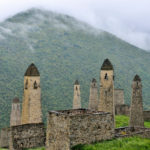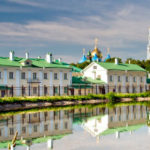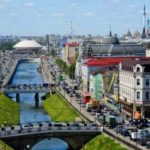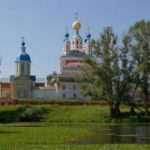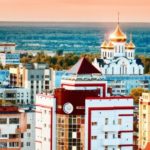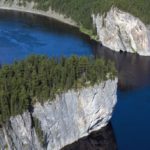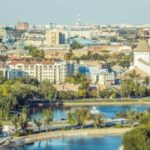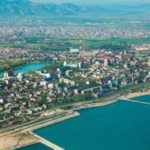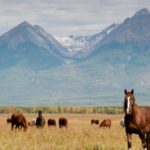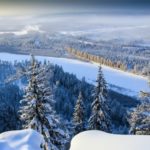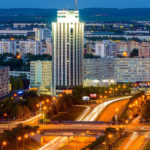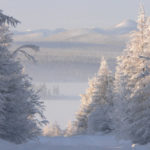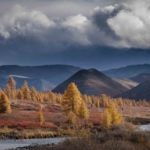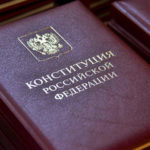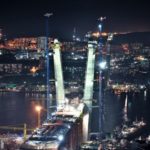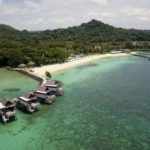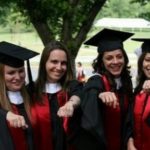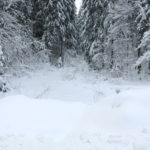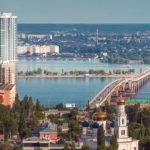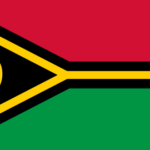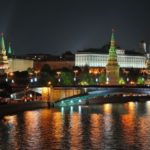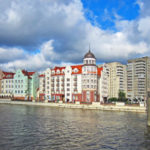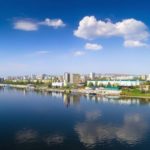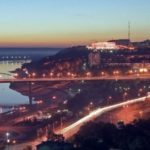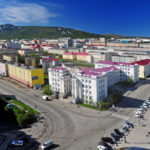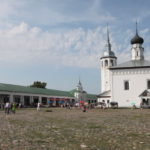Interesting facts about Kalmykia
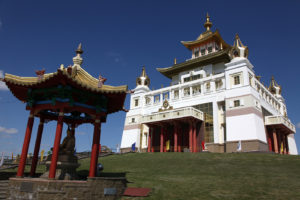 The solar republic of Kalmykia, which is part of the Russian Federation, is quite different from many other Russian regions. The old traditions and customs are especially strong here, and local life can pretty surprise a tourist from Moscow or St. Petersburg. This is what can be attributed to the main dignity of Kalmykia – it is incredibly interesting, very beautiful and pleasant, and the trip to this region will be as impressive as in remote exotic countries.
The solar republic of Kalmykia, which is part of the Russian Federation, is quite different from many other Russian regions. The old traditions and customs are especially strong here, and local life can pretty surprise a tourist from Moscow or St. Petersburg. This is what can be attributed to the main dignity of Kalmykia – it is incredibly interesting, very beautiful and pleasant, and the trip to this region will be as impressive as in remote exotic countries.
Among 85 constituent entities of the Russian Federation, the republic ranks 42nd by area.
About 45 times fewer people live in all of Kalmykia than in Moscow.
Along with Buryatia and the Altai Territory, Kalmykia is the region where Buddhism is most widespread.
Geographically, Kalmykia belongs to Europe, and not to Asia.
Kalmyk language has official status here along with Russian.
On the territory of the Republic of Kalmykia live representatives of many dozens of peoples. Kalmyks and Russians are most of all here – 57% and 30%, respectively.
Kalmykia is the only European region practicing Buddhism.
Kalmykia’s area is larger than countries such as Estonia and Denmark, and 2.5 times larger than the area of Armenia.
The largest city of Kalmykia is the capital of the republic, Elista. Here lives a little more than a hundred thousand people.
Kalmykia has access to the Caspian Sea.
In total, the republic has borders with 5 other subjects of the Russian Federation.
Once on the territory of modern Kalmykia, camels were used as fighting animals, not horses.
About 35% of the population of the republic live in its capital.
Among all the republics and countries of the world, meat consumption per capita in Kalmykia is the highest, over one hundred kilograms per year.
The name of Kalmykia is Halmg Tangch, which means “people of Kalmyks”.
400-500 years ago, steppe units from the Kalmyk expanses regularly raided not only Russian cities, but even Chinese ones.
It was in Kalmykia that the famous cry “Hurray!” Came from Kalmyk “Uralan”, which means “forward”.
About 45% of the population of Kalmykia lives in the city. The rest live in the countryside.
Breeding camels here is no less popular than horse breeding.
By order of Stalin, at one time Kalmyks were forcibly resettled to Siberia. This is the biggest tragedy of the Kalmyk people in modern history.
Many Kalmyks and Mongols have common roots. The Kalmyk horde once stood out from the Golden Horde of Genghis Khan.
In Kalmykia, there is a monument to the great combine Ostap Bender.
Historians have called the Kalmyks of past centuries one of the 5 most militant peoples of the whole world.
Because of the summer heat, sometimes reaching +40 degrees, mirages can sometimes be observed in the Kalmyk steppes.
In some parts of Kalmykia, fire worship is widespread.
